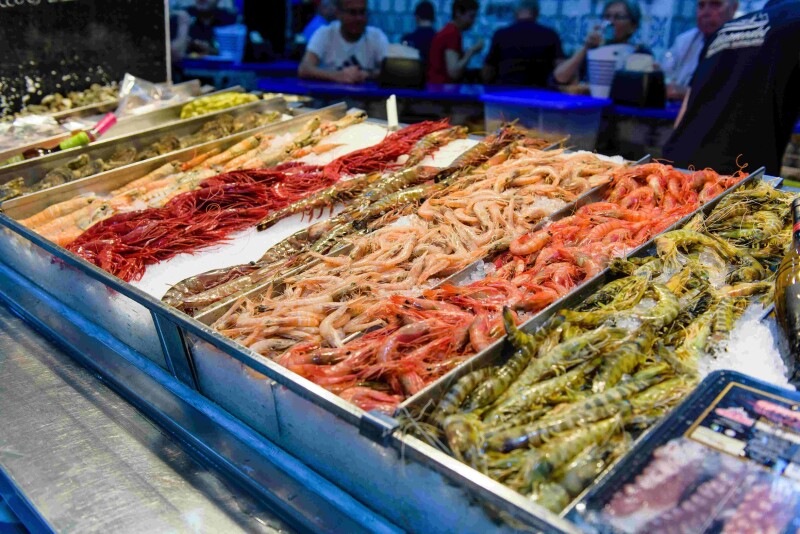Scan the seafood case at your local grocery store and you’re likely to see the same staples, no matter where you are: shrimp, salmon, tuna, tilapia, cod. Most of it crossed international borders to reach you.
The U.S. is the world’s second-largest seafood importer, despite the fact that U.S. fishers catch 8 billion pounds of seafood each year. Much of the fish landed here is eaten elsewhere. That conundrum makes it harder for American fishermen to sustain their operations and forces fish to be shipped thousands of miles before it reaches the dinner table. Climate change and global crises disrupting the international market only add to the complications.







